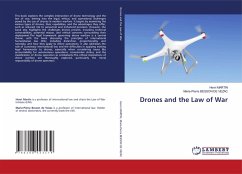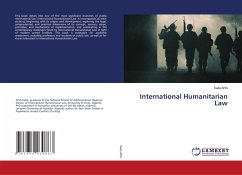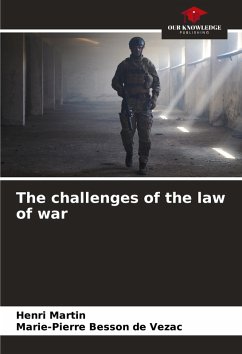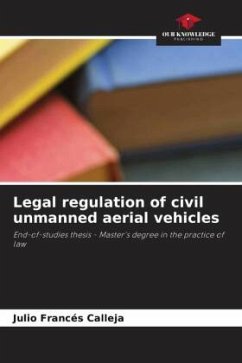
A Brief History of the Law of Aerial Warfare
Versandkostenfrei!
Versandfertig in 6-10 Tagen
24,99 €
inkl. MwSt.

PAYBACK Punkte
12 °P sammeln!
Between the 1864 and 1907, the law of naval and land warfare had been codified and regulated by the international conventions and customs. During that period, the aviation technological improvements outrun the subsequent development of ius in bello provisions. In consequences, the hesitation of the states to adopt an acceptable code regulating the conduct of air operations in times of war pushed the law of aerial bombardment beyond, as described by the H. Lauterpacht, 'the vanishing point of international law'. From the experience of the World War Two (WWII) realities, the tragedy of aerial bo...
Between the 1864 and 1907, the law of naval and land warfare had been codified and regulated by the international conventions and customs. During that period, the aviation technological improvements outrun the subsequent development of ius in bello provisions. In consequences, the hesitation of the states to adopt an acceptable code regulating the conduct of air operations in times of war pushed the law of aerial bombardment beyond, as described by the H. Lauterpacht, 'the vanishing point of international law'. From the experience of the World War Two (WWII) realities, the tragedy of aerial bombardment emerges as a threat of paramount concern, especially when adhering it to the question of civilian protection during the hostilities. The adoption of the I Additional Protocol to Geneva Conventions of 1977 (I AP) finally eliminate the distinction between the different types of warfare, adopting the equal standard of rights and duties during the armed attack. Unfortunately, during the contemporary air operations, especially in conditions of urban combat, non - combatant's protection is still below the desired level.












